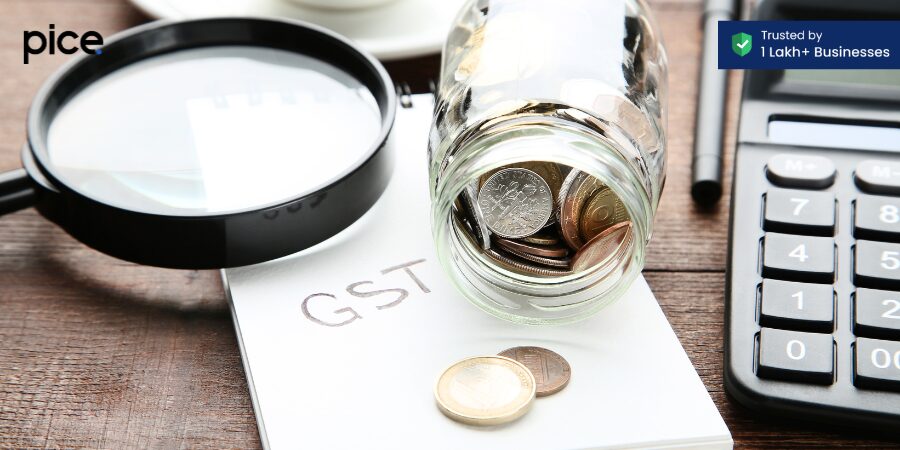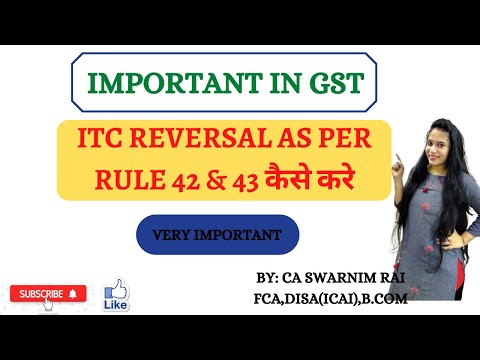Key Takeaways
- Triggers for ITC Reversal: ITC reversal occurs due to changes in business nature, non-compliance, or regulatory requirements.
- Interest Calculation: Interest on excess ITC is 18% per annum, calculated from the date of excess credit availed until reversal.
- Composition Scheme Switch: ITC must be reversed when switching to the composition scheme as per Rule 44.
- GSTR-3B Purpose: GSTR-3B is a monthly return for reporting GST liabilities and ITC reversals.
- Capital Goods ITC Reversal: ITC on capital goods is reversed over five years to match their useful life.
The concept of input tax credit (ITC) is a cornerstone of the goods and services tax (GST) system, designed to avoid the cascading effect of taxes. However, complexities arise when excess ITC is claimed, necessitating reversals and the payment of interest on these amounts.
In this article, we’ll explain into the nuances of ITC reversal, interest on excess ITC claimed, and scenarios where ITC is availed but not utilized.
What is Input Tax Credit (ITC)?
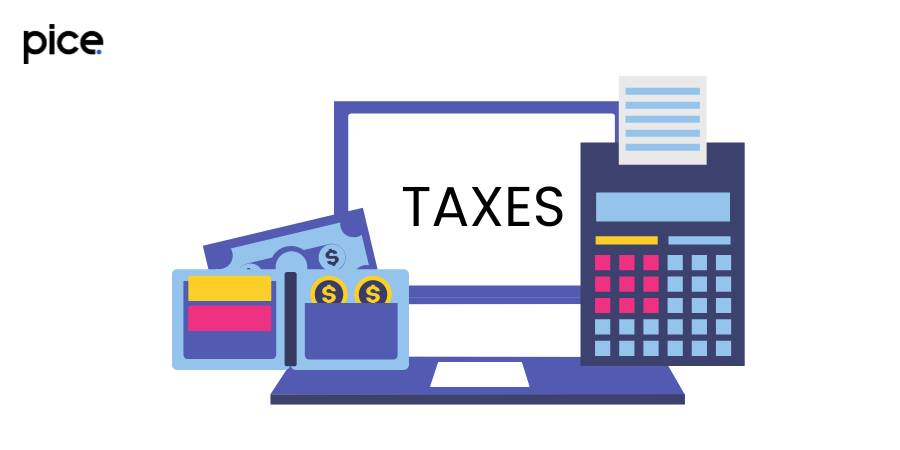
Input Tax Credit (ITC) is a crucial component of the Goods and Services Tax (GST) system. It allows businesses to reduce the tax they have paid on inputs (goods and services purchased) from their tax liability on outputs (goods and services sold).
In simpler terms, ITC helps in avoiding the cascading effect of taxes, meaning businesses can claim a credit for the GST paid on their purchases.
Key Concepts:
- Electronic Credit Ledger:
- All ITC claims are recorded in the electronic credit ledger of the taxpayer. This ledger is maintained on the GST portal and is used to offset the output tax liability.
- Credit on Inputs:
- ITC can be claimed for the GST paid on inputs, capital goods, and input services used in the course of business. However, there are specific conditions and restrictions regarding the eligibility of ITC.
- Tax Period:
- ITC must be claimed within a specific tax period. Typically, this period corresponds to the filing period of the GST returns, which can be monthly or quarterly.
- Eligible Invoices:
- To claim ITC, the taxpayer must have a valid tax invoice or debit note from the supplier. The credit can only be claimed if the supplier has filed their GST returns and paid the tax to the government.
- Common Credit C2:
- For businesses that use inputs for both taxable and exempt supplies, the ITC needs to be apportioned. Common credit (C2) refers to the credit attributed to both taxable and exempt supplies.
- Zero-Rated Supplies:
- Supplies that are exported or supplied to a Special Economic Zone (SEZ) are considered zero-rated. ITC can be claimed on inputs used for zero-rated supplies, even though these supplies are not subject to GST.
What Does the Reversal of ITC Mean?
Input tax credit (ITC) reversal refers to the process of reversing the credit that a taxpayer has already claimed under specific circumstances. When ITC is reversed, the taxpayer needs to add back the claimed ITC amount to their output tax liability, effectively increasing their tax payable. This process ensures compliance with the Goods and Services Tax (GST) regulations and prevents misuse of ITC.
Key Conditions for the Reversal of ITC:
- Non-Payment to Suppliers:
- ITC claimed on invoices must be reversed if the payment for the supply is not made to the supplier within 180 days from the date of the invoice. This includes vendor payments, ensuring that the credit is only availed when actual payments are made.
- Inputs Used for Exempt Supplies:
- If inputs, capital goods, or services are used for exempt or non-business supplies, the ITC on such inputs must be reversed. This maintains the integrity of the tax credit system, as ITC is not allowed on exempt supplies.
- Change in Usage:
- If the usage of inputs, capital goods, or services changes from taxable to exempt supplies, the corresponding ITC must be reversed.
- Mismatch in Returns:
- ITC claimed must match with the supplier’s returns filed on the GST portal. Any discrepancy, such as missing invoices or mismatches in tax amounts, requires reversal of the credit.
- Time Limit for ITC Claim:
- ITC must be claimed within the prescribed time limit, usually before filing the return for September of the following financial year or the date of filing the annual return, whichever is earlier. ITC not claimed within this period must be reversed.
Specific Conditions for ITC Reversal
Business Changes
When there are changes in the nature of the business, such as shifting from taxable supplies to exempt supplies, the input tax credit (ITC) claimed must be reversed. This reversal ensures that the ITC accurately reflects current business activities. Key scenarios include:
- Nature of Supplies: If a business shifts from supplying taxable goods or services to exempt supplies, the ITC availed on purchases related to the now exempt supplies must be reversed.
- Business Reorganization: During a business restructuring or reorganization, if the nature of supplies changes, appropriate adjustments to the ITC must be made to comply with GST regulations.
- Mixed Supplies: Businesses dealing in both taxable and exempt supplies need to proportionately reverse the ITC claimed on inputs and input services used for exempt supplies.
Non-Compliance
Non-compliance with GST provisions can trigger ITC reversal. One prominent example is the failure to pay suppliers within 180 days. Specific conditions include:
- Supplier Payment Default: If a business fails to pay the supplier within 180 days from the date of the invoice, the ITC availed on such invoices must be reversed. This includes situations where partial payment is made, requiring a proportionate reversal of ITC.
- GST Return Filing: Non-compliance in filing GST returns accurately and timely can lead to ITC reversal. Any discrepancies or errors found in the returns during audits or assessments may necessitate the reversal of incorrectly claimed ITC.
- Regulatory Breaches: Violations of other GST provisions, such as not maintaining proper records or failing to adhere to prescribed documentation standards, can result in ITC being reversed to ensure compliance.
Interest on Excess ITC Claimed
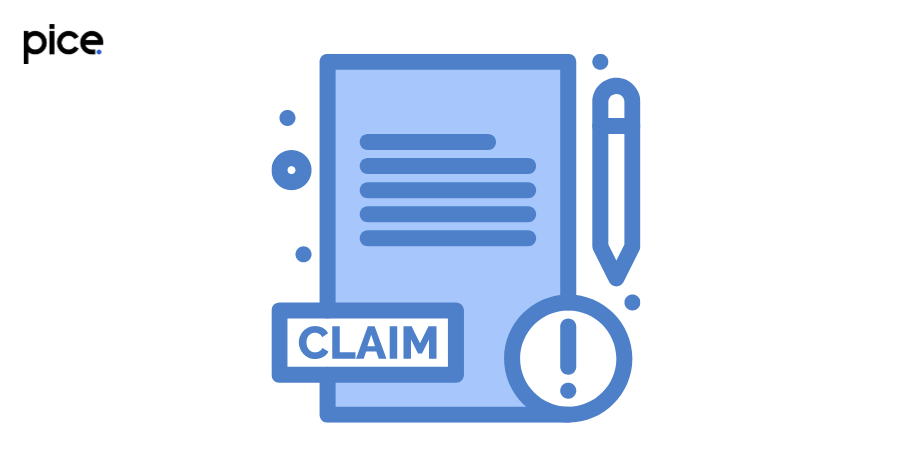
Understanding Excess ITC
Excess Input Tax Credit (ITC) is claimed when the credit taken exceeds the permissible amount as per GST laws. This often occurs due to errors in calculations or misinterpretations of the law. Such scenarios include:
- Misinterpretation of GST Provisions: Businesses might misunderstand the provisions related to ITC eligibility, leading to excess claims.
- Calculation Errors: Errors in calculating the proportion of ITC eligible for a claim can result in excess ITC.
- Incorrect Invoicing: Discrepancies in supplier invoices or incorrect data entry can lead to claiming more ITC than allowed.
Interest Calculation
The GST law specifies a rate for interest on excess ITC claims, which is typically 18% per year. This interest is calculated from the date of availing the excess credit till the date of reversal. Key points include:
- Specified Rate: The GST law mandates a specific interest rate, usually 18% per annum, for excess ITC claims.
- Calculation Period: Interest is calculated from the date the excess ITC was claimed until it is paid back or reversed.
- Impact of Timely Reversal: Prompt reversal of excess ITC can minimize the interest liability, emphasizing the importance of regular compliance checks.
Payment of Tax
- Outward Supplies: The nature and type of outward supplies directly influence the calculation of eligible ITC. Businesses must ensure that the ITC claimed matches the tax liabilities on outward supplies.
- Turnover in Relation to Supplies Made: Accurate turnover records are essential for determining the correct amount of ITC eligible for claim, thus avoiding excess claims.
- Regular Returns: Timely and accurate filing of GST returns helps in identifying and correcting any excess ITC claims promptly.
Complete Supply Chain Solution
- Effortless Collaboration: Effective collaboration with suppliers ensures accurate invoicing and reduces the risk of excess ITC claims.
- Sufficient Balance in Electronic Cash Ledger: Maintaining a sufficient balance in the electronic cash ledger helps in timely payment of taxes, including interest on excess ITC claimed.
Business Compliances
- Direct Tax Compliance: Compliance with direct tax laws complements GST compliance, ensuring that excess ITC claims are minimized.
- Secretarial Compliance: Proper documentation and adherence to secretarial practices are crucial for maintaining accurate records and avoiding excess ITC claims.
Interest on ITC Reversal
Interest on ITC reversal is levied when credited tax is reversed due to non-compliance or other specified conditions. This ensures that businesses do not gain undue advantages from wrongfully claimed credits.
Interest on Excess ITC Availed but Not Utilized
Interest is charged on excess ITC availed, even if not utilized. This deters businesses from holding onto excess credit.
Calculation of ITC Under Various Rules
GST outlines several rules for annual calculation and reversing ITC, ensuring compliance and transparency.
| Section | Details |
| Rule 42: Reversal of ITC on Inputs/Input Services | Deals with ITC reversal on inputs/input services used for both taxable and exempt supplies. The proportionate credit attributable to exempt supplies is determined. |
| Rule 43: Reversal of ITC on Capital Goods | Provides the method for reversing ITC on capital goods used for both taxable and exempt supplies, calculated over the useful life of the asset, typically five years. |
| Rule 44: Reversal of ITC for GST Registration Cancellation or Switch to Composition Scheme | Mandates the reversal of ITC on stock and capital goods as of the effective date when a business cancels GST registration or switches to a composition scheme. |
| Rule 44A: Balance Transitional ITC Reversal on 1st July 2017 for Gold Dore Bars | Requires businesses dealing with gold dore bars to reverse the transitional ITC balance as of 1st July 2017, addressing specific needs of the gold industry. |
Reporting of ITC Reversal in GSTR-3B
To report ITC (Input Tax Credit) reversal in GSTR-3B, follow these steps:
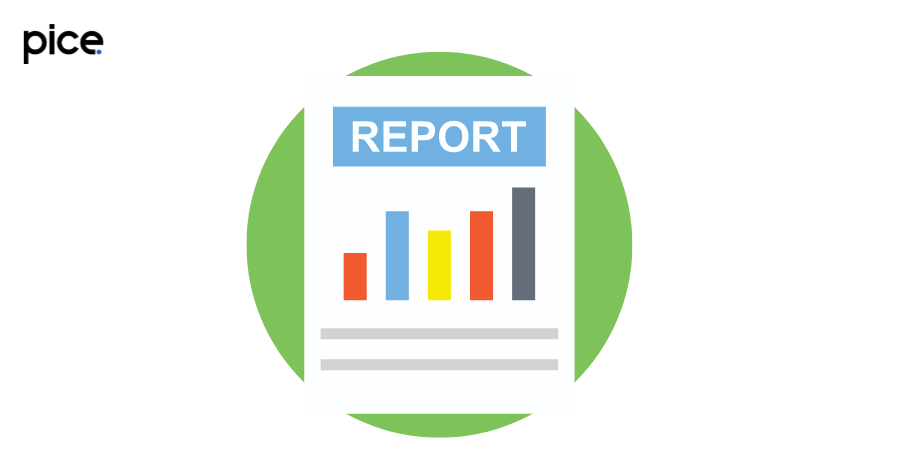
- Navigate to Table 4 in GSTR-3B:
- This is the section where ITC details are reported.
- Use Row (B) “ITC Reversed”:
- This row is specifically for reporting ITC reversals.
- Enter the amount of ITC to be reversed in the appropriate column:
- Integrated Tax (IGST): Enter the IGST amount to be reversed.
- Central Tax (CGST): Enter the CGST amount to be reversed.
- State/UT Tax (SGST/UTGST): Enter the SGST/UTGST amount to be reversed.
- Cess: Enter the Cess amount to be reversed.
- Ensure the total matches the sum of individual tax types:
- Verify that the total amount of ITC reversed matches the sum of IGST, CGST, SGST/UTGST, and Cess.
- If needed, provide details in Table 4(B)(2) for any other reversals:
- Use Table 4(B)(2) to report ITC reversals due to other circumstances not covered under the standard categories. This ensures all types of reversals are accurately reported.
Reporting ITC Reversal in GSTR-9
- Identify Reversed ITC:
- Determine the amount of Input Tax Credit (ITC) that was reversed during the financial year.
- Section 7 – ITC Reversed:
- Report the reversed ITC in Table 7 of GSTR-9.
- This table is specifically for ITC reversals as per the rules.
- Details to Fill in Table 7:
- Table 7A to 7E: Include details of reversals due to ineligibility or reversals mandated by law (Rule 37, Rule 39, Rule 42, Rule 43, and Section 17(5)).
- Table 7F: Report other reversals that do not fit in the above categories.
- Table 7G: Sum of all ITC reversals.
- Cross-Verification:
- Ensure the reversed ITC reported matches with the figures in GSTR-3B and your accounting records.
- Final Submission:
- After verifying all details, submit the GSTR-9 form.
By following these steps, you can accurately report ITC reversal in GSTR-9.
Interest and Penalty on Reversal of ITC
Failure to comply with ITC reversal provisions can lead to interest and penalties, enforcing strict adherence to GST laws mentioned below.
Aforesaid Provision:
- Penalties may apply if the reversal of ITC is due to willful misstatement, fraud, or suppression of facts.
Legal Provisions:
- Person Chargeable: The registered person who is chargeable with tax is liable for penalties under specific conditions.
- Accurate Details: The law mandates accurate reporting and compliance with all GST provisions to avoid penalties.
Conclusion
Managing ITC under GST involves understanding complex rules and complying with specific conditions to avoid reversals and associated interest. Businesses must stay vigilant to ensure accurate credit claims and timely reversals to maintain compliance.
💡 If you want to pay your GST with Credit Card, then download Pice Business Payment App. Pice is the one stop app for all paying all your business expenses.
FAQs
What triggers the reversal of ITC?
Changes in the nature of the business, non-compliance with GST regulations, or particular regulatory requirements can cause ITC reversal. Examples include using goods for exempt supplies, selling capital goods, or switching to the composition scheme.
How is interest on excess ITC calculated?
Interest on excess ITC is calculated at 18% per annum. It is computed from the date the excess credit was applied until the date it is reversed. The interest is to compensate for the period of undue credit utilization.
Can ITC be reversed after switching to the composition scheme?
Yes, ITC must be reversed when switching to the composition scheme as per Rule 44 of the CGST Rules. This ensures that the credit availed under the regular scheme is proportionately reversed upon switching.
What is GSTR-3B?
GSTR-3B is a monthly self-declaration return under GST where businesses report their summary of outward supplies, input tax credit availed, and GST liabilities. It also includes details of ITC reversals and the payment of taxes.
Why is ITC on capital goods reversed over five years?
ITC on capital goods is reversed over five years to align with their useful life, ensuring proportionate credit utilization. This prevents businesses from claiming full credit immediately, thus maintaining fair tax compliance.
